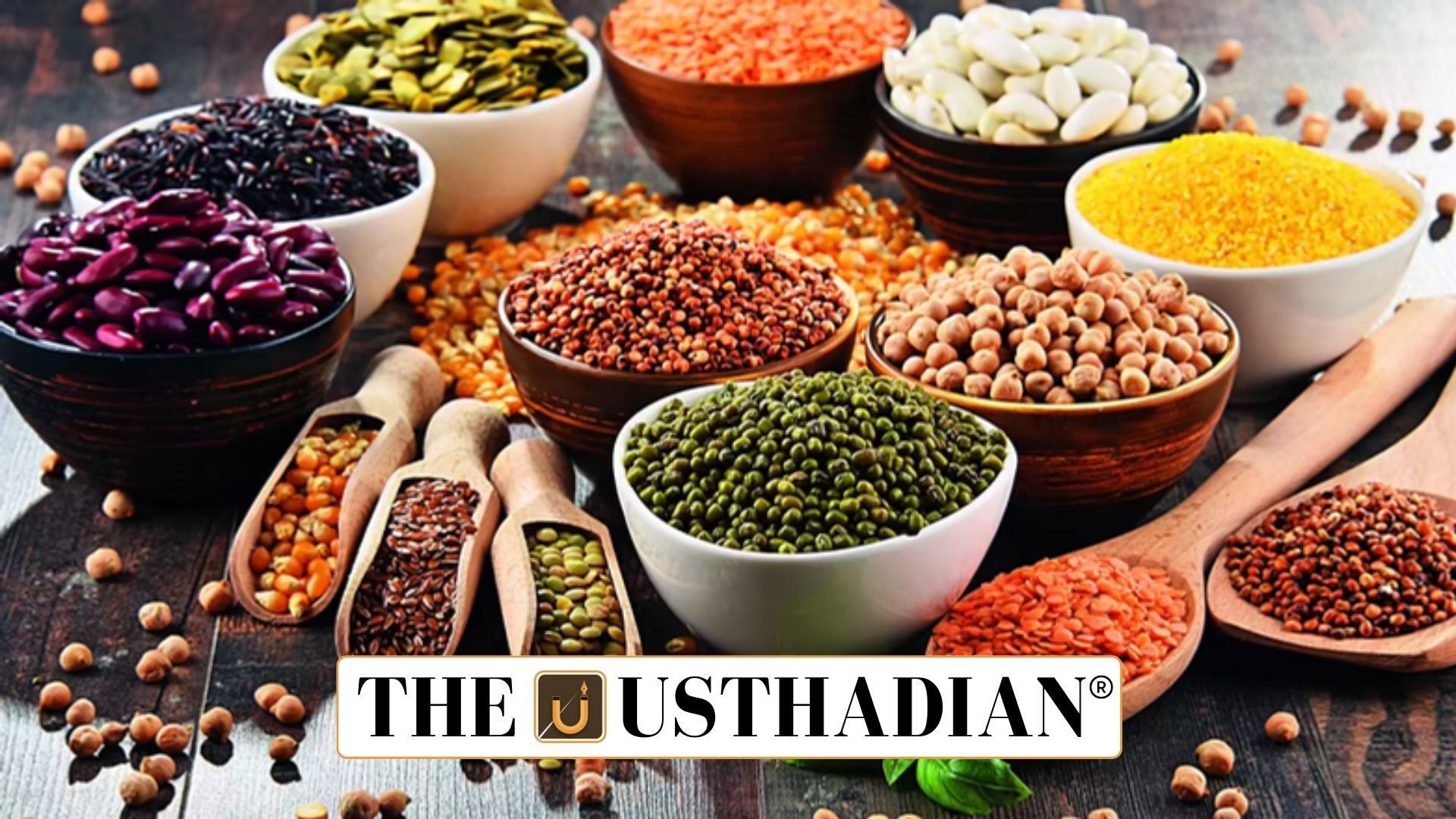Roadmap for Pulse Self-Sufficiency
Niti Aayog Strategy to Double Pulses Production by 2047: India currently produces 26.06 million tonnes (MT) of pulses as of 2022. According to Niti Aayog, the target is to achieve 34.45 MT by 2030 and 51.57 MT by 2047. This strategy aims not only at self-sufficiency but also at positioning India as a potential exporter of pulses in the long run.
Static GK fact: India is the largest producer and consumer of pulses in the world, accounting for nearly 25% of global production and 27% of global consumption.
Strategic Targets
The plan is anchored on two core goals. First, India will achieve self-sufficiency in pulses by 2030. Second, it will double production by 2047. These projections are based on both aggregate and crop-specific models, aligning with national food security objectives.
Cluster-Based Cultivation
The report stresses “One Block, One Seed Village” models in 111 districts. Farmers will adopt crop-specific clusters, maintain community seed banks, and follow localized agronomic practices. This will enhance seed quality, productivity, and farmer participation.
Static GK Tip: Pulses such as tur (pigeon pea), urad, moong, masoor, and chana form the backbone of Indian protein consumption.
Technology Across Regions
The strategy calls for region-specific technological adoption. High-yielding varieties, precision farming, and improved irrigation are encouraged. Agro-ecological tailoring ensures each zone receives customized technological packages.
Climate-Smart Agriculture
Niti Aayog underlines the urgency of drought-resistant varieties, integrated pest management, and contingency cropping. These interventions safeguard yields in climate-vulnerable zones and build long-term resilience.
Static GK fact: India ranks first in the world in acreage under pulses, covering about 35% of global pulse area.
Data-Driven Farming
The report proposes a decision support system based on real-time data, AI, and satellite imagery. This will track productivity, forecast shortages, and assist policymakers in framing dynamic solutions for the pulse sector.
Demand-Supply Dynamics
By 2030, adjusted supply is projected at 30.6 MT, while demand will leave a surplus of 3.79 MT. By 2047, supply could reach 45.8 MT, with a surplus of 16.48 MT. This surplus provides scope for exports and higher farmer income.
Promoting Healthy Diets
To strengthen domestic consumption, the report recommends awareness drives, integration into school meals, and inclusion in public distribution systems. Such steps will combat nutritional gaps while encouraging consumer acceptance across regions.
Static GK fact: Pulses are a rich source of protein, iron, and dietary fiber, making them vital for combating malnutrition in India.
Static Usthadian Current Affairs Table
Niti Aayog Strategy to Double Pulses Production by 2047:
| Topic | Detail |
| Current production (2022) | 26.06 MT |
| Target by 2030 | 34.45 MT (self-sufficiency) |
| Target by 2047 | 51.57 MT (doubling production) |
| Surplus projection 2030 | 3.79 MT |
| Surplus projection 2047 | 16.48 MT |
| Key scheme | One Block One Seed Village |
| High-potential districts | 111 districts |
| Demand model | ICMR-NIN guidelines |
| Technological focus | Precision farming, AI, satellite data |
| Nutrition goal | Inclusion in school meals & PDS |








